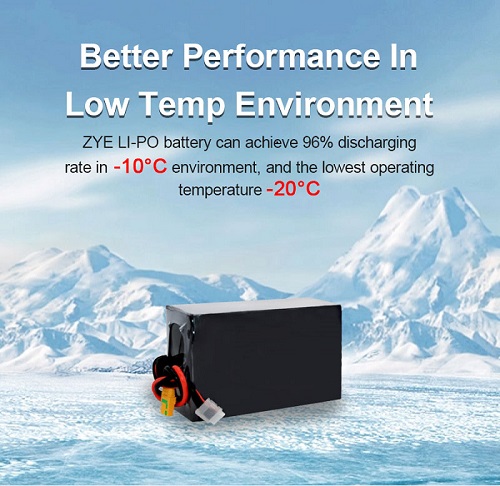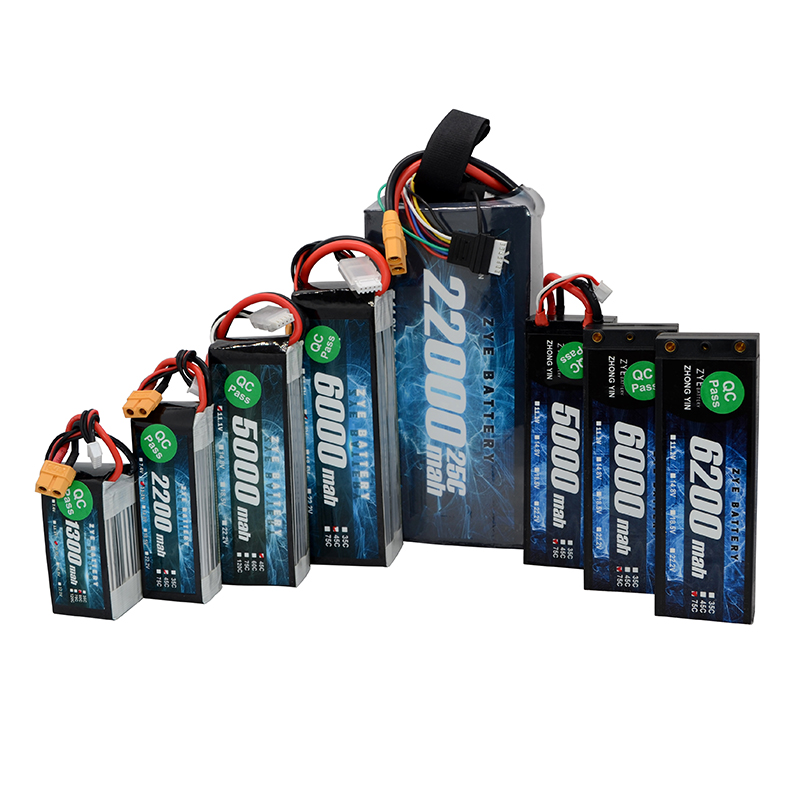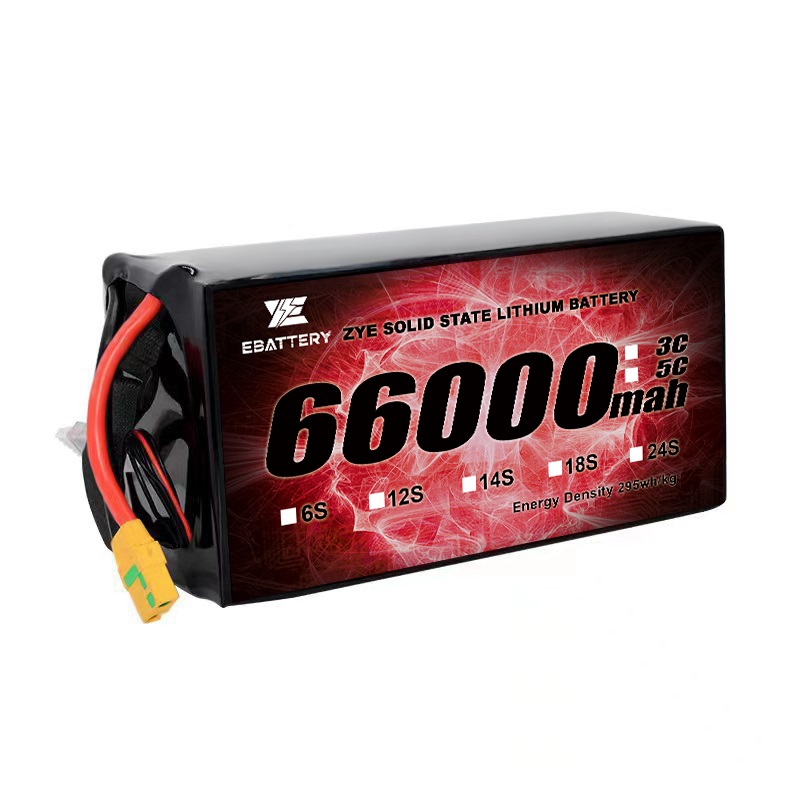What Battery Type Offers the Best Energy Density for Drones?
2025-07-04
In the world of unmanned aerial vehicles (UAVs), battery performance is crucial for achieving optimal flight times and overall efficiency. As drone technology continues to advance, the quest for the perfect power source remains a top priority for manufacturers and enthusiasts alike. This article delves into the intricacies of drone batteries, comparing different types and exploring the factors that contribute to superior energy density.
LiPo vs. Li-ion: Which Battery Has Higher Energy Density for Drones?
When it comes to powering drones, two battery types stand out: Lithium Polymer (LiPo) and Lithium-ion (Li-ion). Both offer distinct advantages, but which one truly reigns supreme in terms of energy density?
Understanding Energy Density in Drone Batteries
Energy density refers to the amount of energy stored in a given space or weight. For drone battery applications, this metric is crucial as it directly impacts flight time and payload capacity. Let's examine how LiPo and Li-ion batteries stack up:
1. LiPo Batteries: Known for their lightweight design and high discharge rates, LiPo batteries have been the go-to choice for many drone enthusiasts. They offer a good balance of energy density and power output.
2. Li-ion Batteries: These batteries typically boast higher energy density than their LiPo counterparts, meaning they can store more energy per unit of weight. This characteristic makes them particularly attractive for long-range drone applications.
While Li-ion batteries generally have the edge in terms of raw energy density, it's important to note that other factors come into play when selecting the ideal drone battery.
Why Are LiPo Batteries the Top Choice for High-Performance Drones?
Despite Li-ion batteries offering higher energy density, LiPo batteries continue to dominate the high-performance drone market. Let's explore the reasons behind this preference:
The Power of Discharge Rates
LiPo batteries are well-known for their ability to deliver high discharge rates, a feature that is particularly advantageous in applications where rapid power delivery is critical. These batteries can provide a substantial amount of power almost instantaneously, which is crucial for drone performance. In the case of racing drones, for example, high discharge rates allow for quick acceleration and agile maneuvers, enabling the drone to respond rapidly to control inputs. The discharge rate, often measured in "C" ratings, typically ranges from 20C to 100C or more for drones. This high power output makes LiPo batteries ideal for various high-performance applications, including:
1. FPV (First Person View) racing drones
2. Acrobatic flight performances
3. Quick ascents and descents
Weight Considerations
While Li-ion batteries may offer better energy density, LiPo batteries have a significant edge in terms of weight. Their lightweight design is a key factor in making them the preferred choice for drone operators who prioritize performance and efficiency. The reduced weight of LiPo batteries directly impacts several aspects of drone functionality:
1. Improved agility and maneuverability
2. Longer flight times (due to less weight being carried)
3. Increased payload capacity for cameras or other equipment
For many drone applications, the combination of high discharge rates and low weight makes LiPo batteries the preferred choice, despite their slightly lower energy density compared to Li-ion options.

Energy Density vs. Weight: How to Choose the Best Drone Battery?
Selecting the optimal drone battery involves balancing various factors, with energy density and weight being two critical considerations. Here's how to approach this decision:
Assessing Your Drone's Requirements
Before choosing a battery, it's essential to understand your drone's specific needs:
Flight Time: If maximizing time in the air is your primary goal, a battery with high energy density might be the best choice.
Performance: For racing or acrobatic drones, prioritize batteries with high discharge rates and lower weight.
Payload Capacity: Consider the weight of your drone and any additional equipment it needs to carry.
Calculating Energy-to-Weight Ratio
To find the best balance between energy density and weight, consider the energy-to-weight ratio of potential batteries. This metric provides insight into how much energy a battery can store relative to its mass.
Energy-to-Weight Ratio = Battery Capacity (Wh) / Battery Weight (kg)
A higher ratio indicates a more efficient battery in terms of energy storage per unit of weight. This calculation can help you compare different battery options and find the one that offers the best compromise between energy density and overall weight.
Future Trends in Drone Battery Technology
As technology advances, we're seeing exciting developments in drone battery design:
Solid-State Batteries: These promise higher energy densities and improved safety compared to traditional lithium-based batteries.
Graphene-Enhanced Batteries: Incorporating graphene into battery designs may lead to faster charging times and increased energy density.
Fuel Cells: For long-endurance applications, hydrogen fuel cells are being explored as an alternative power source for drones.
These innovations may soon reshape the landscape of drone power systems, offering even better performance and efficiency.
Conclusion
Choosing the right battery for your drone involves carefully weighing the trade-offs between energy density, weight, and performance characteristics. While Li-ion batteries offer higher energy density, LiPo batteries continue to be the preferred choice for many high-performance applications due to their excellent power-to-weight ratio and high discharge rates.
As you consider your options, remember that the best battery for your drone will depend on your specific requirements and intended use. By understanding the nuances of different battery types and considering factors beyond just energy density, you can make an informed decision that optimizes your drone's performance.
For cutting-edge drone battery solutions that offer the perfect balance of energy density, weight, and performance, look no further than Ebattery. Our team of experts is dedicated to providing top-quality power solutions for all your drone needs. Contact us today at cathy@zyepower.com to discover how our advanced battery technology can take your drone experience to new heights.
References
1. Johnson, A. (2022). Advances in Drone Battery Technology: A Comprehensive Review. Journal of Unmanned Aerial Systems, 15(3), 78-92.
2. Smith, B., & Davis, C. (2021). Comparative Analysis of LiPo and Li-ion Batteries for UAV Applications. International Journal of Aerospace Engineering, 2021, 1-12.
3. Lee, S., et al. (2023). Energy Density Optimization in Modern Drone Batteries. IEEE Transactions on Power Electronics, 38(4), 4215-4228.
4. Zhang, Y., & Wang, H. (2022). The Impact of Battery Weight on Drone Performance: A Systematic Study. Drones, 6(2), 45.
5. Brown, R. (2023). Future Perspectives: Emerging Technologies in Drone Power Systems. Advanced Energy Materials, 13(8), 2202435.
























































